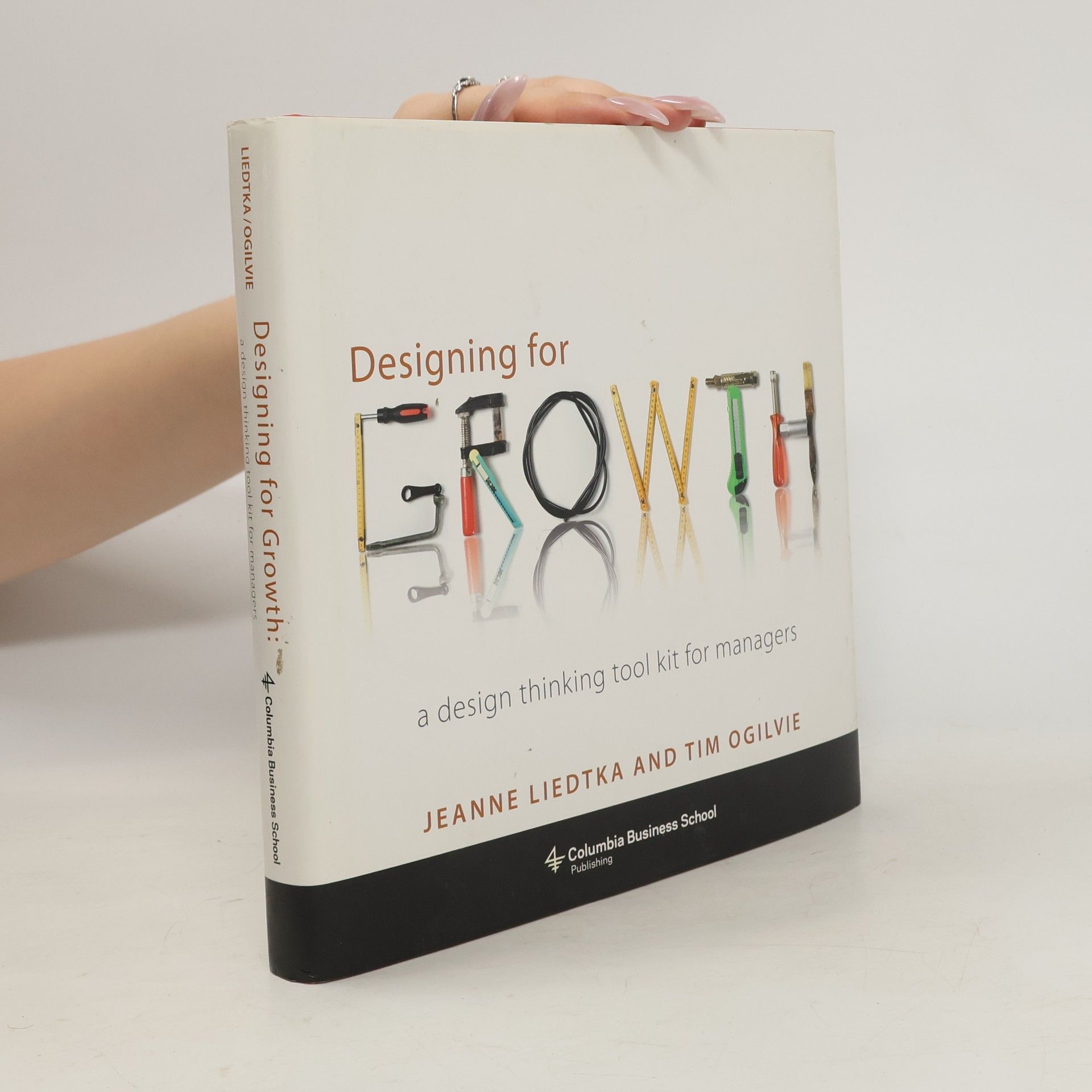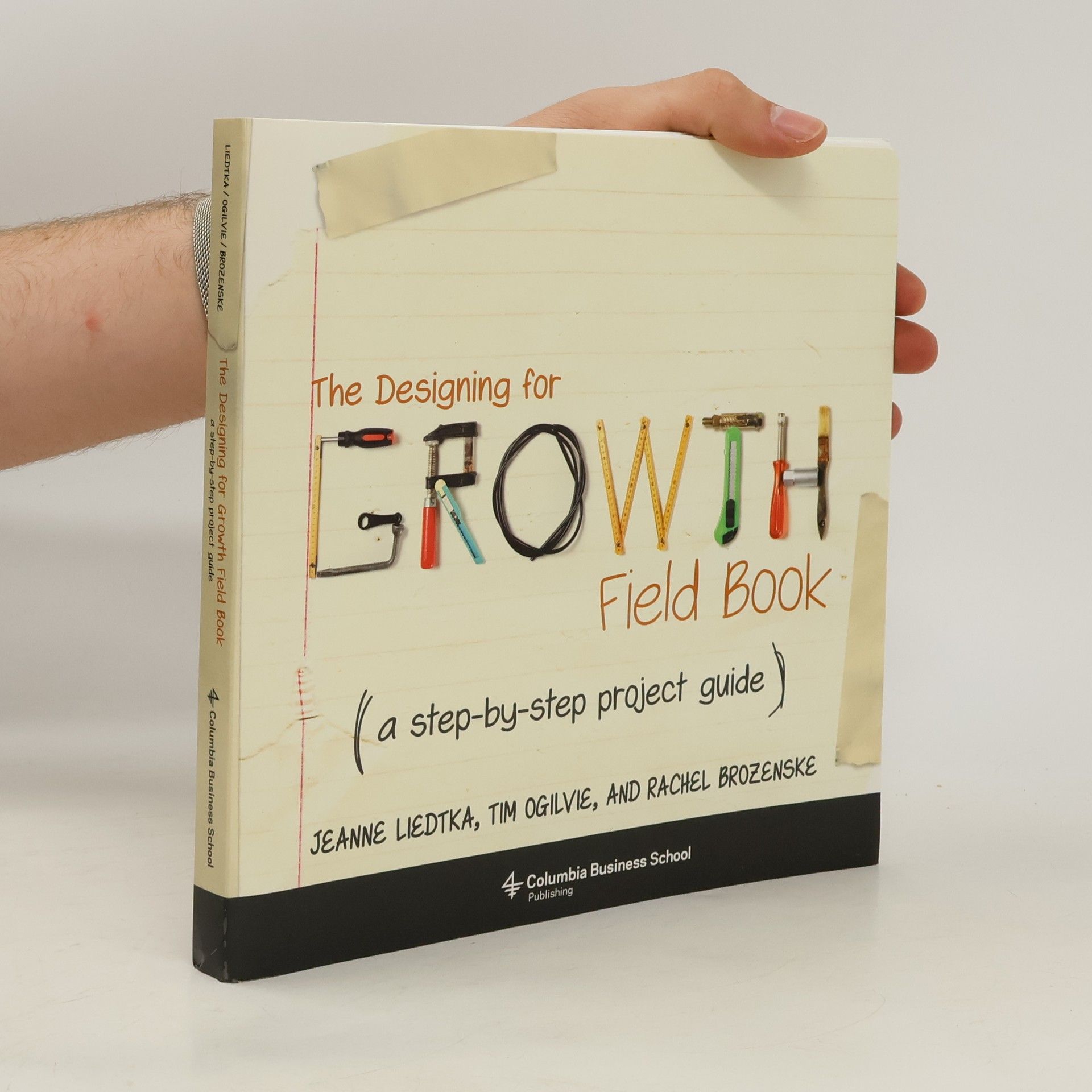In Designing for Growth: A Design Thinking Tool Kit for Managers (D4G), Jeanne Liedtka and Tim Ogilvie showed how design can boost innovation and drive growth. In this companion guide, also suitable as a stand-alone project workbook, the authors provide a step-by-step framework for applying the D4G toolkit and process to a particular project, systematically explaining how to address the four key questions of their design thinking approach. The field book maps the flow of the design process within the context of a specific project and reminds readers of key D4G takeaways as they work. The text helps readers identify an opportunity, draft a design brief, conduct research, establish design criteria, brainstorm, develop concepts, create napkin pitches, make prototypes, solicit feedback from stakeholders, and run learning launches. The workbook demystifies tools that have traditionally been the domain of designers--from direct observation to journey mapping, storytelling, and storyboarding--that power the design thinking process and help businesses align around a project to realize its full potential.
Jeanne Liedtka Knihy
Tato americká autorka je známá svou prací v oblasti strategického myšlení, designového myšlení a organického růstu. Jako profesorka podnikového managementu na Dardenově škole Univerzity Virginie přináší do svých textů hluboký vhled do obchodních strategií. Její přístup se zaměřuje na organický rozvoj a inovativní myšlení. Její spisy nabízejí cenné poznatky pro každého, kdo se zajímá o obchodní strategie a udržitelný růst.





Designing for Growth : a Design Thinking Tool Kit for Managers
- 227 stránek
- 8 hodin čtení
Covering the mind-set, techniques, and vocabulary of design thinking, this book unpacks the mysterious connection between design and growth, and teaches managers in a straightforward way how to exploit design's exciting potential. --
Experiencing Design
- 280 stránek
- 10 hodin čtení
Individuals become design thinkers by experiencing design. Drawing on decades of researching and teaching design thinking to people not trained in design, Jeanne Liedtka, Karen Hold, and Jessica Eldridge offer a guide for how to create these deep experiences at each stage of the design thinking journey.
This book is a hands-on manual for crafting and conducting useful experiments in real-life settings.
Organic business growth is governed by its own natural lawsunderlying truths that set the stage for growth and innovation, much in the way that Einstein's law of relativity accounts for the movement of objects in the space-time continuum. The most fundamental law is that uncertainty is the only certainty. Dominating forces are ambiguity and change; the processes at work involve exploration, invention, and experimentation. Unfortunately, these truths run counter to the principles of stability, predictability, and linearity that have long informed the design of our firms. The Physics of Business Growth helps readers understand how to create growth in today's business environment, providing them a roadmap and a set of practical tools to navigate its challenges. The book lays out a three step formula that will prove invaluable to professionals who have the opportunity to influence growth now, as well as to tomorrow's growth leaders, guiding them in (1) creating the right employee and organizational mindsets to enable growth (2) building an internal corporate growth system, and (3) putting in place processes that result in identifying opportunities, launching growth experiments, and managing a growth portfolio.